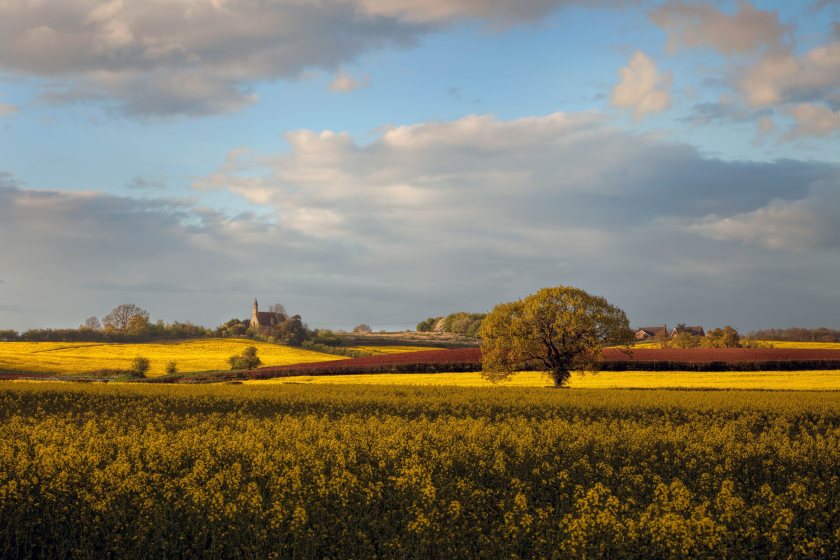
The value of arable farmland in England averaged £11,100 per acre in 2024 and the market is stable despite issues such as IHT changes and cuts to subsidies.
This is according to new analysis by Strutt & Parker, which says the market remained active in 2024 despite an eventful year with the election and budget.
Its Farmland Database shows that the average price of arable land remains high at £11,100/acre – only £100/acre less than the record level of 2023 – with almost 70% achieving a price of £10,000/acre or more.
Average pasture prices also remain close to record levels at £9,000/acre, however, there can be variation in the prices achieved, for example, arable prices ranged from £6,500/acre to £17,000/acre.
Sam Holt, head of farm agency for Strutt & Parker, says: “2024 was certainly an eventful year for the farmland market with the election and then the budget causing uncertainty, while the wet weather put farm incomes under pressure.
"Despite this, the market remained active, and we saw many of the farms and estates we launched selling very well."
As Strutt & Parker predicted at this point last year, farmland supply did rise over the past 12 months.
The 97,700 acres launched to the open market across 265 farms is the most since 2011, if 2018 is excluded when the sale of one 13,000-acre business in the East of England inflated the figures.
However, the company's analysis says that off-market sales have eased back over the past 12 months, so overall the market remains reasonably well balanced.
Mr Holt says the changes announced to the inheritance tax regime in the autumn budget have led to scrutiny of trends in the farmland market and speculation as to the impact on land values.
He says: “It is too early to know the full impact – not least because the tax changes are not due to take effect until April 2026 – but we have not seen any evidence of any fundamental change in supply, demand or the prices being paid.
“We are getting more calls from farmers asking for advice, but selling land is not a decision that people rush, so we are not expecting a flood of land to the market any time soon.
“Nor are we seeing signs of deals agreed before the budget stalling and we continue to receive offers for land that is currently on the market.
"These offers are at similar levels to those we would have expected pre-budget and come from a mix of farmers and investors.”
Strutt & Parker's expectation is that, despite the IHT changes, land will continue to attract interest from such buyers as their motivations are diverse.
People’s reasons for buying land remain, as ever, varied and multiple, with IHT reliefs being just part of the picture, the firm explains in its report.
Mr Holy says: "Buyers tend to have personal reasons for wanting to invest in land – they may want to start farming; have rollover money to invest; be focused on conservation; or simply seeking a property which offers them privacy and amenity.
"A proportion of non-farmer buyers – corporate businesses, charities and pension funds – are not subject to IHT."
If, post-April 2026, farms need to sell land to pay for IHT liabilities, the volume coming forward in any one year is still likely to be relatively limited, Strutt & Parker says.
This will particularly be the case as people start to understand the different ways to plan to reduce the new IHT liabilities.
Overall, the property agency says that there are some popular areas of the country where the land market has been very strong and is likely to continue to be so.
It says it is arguably more of a buyer’s market than it was a couple of years ago, but scarcity still underpins the market with limited opportunities to acquire land in specific postcodes.
Farms with the potential to generate diverse income streams, with strong environmental potential or simply in affluent areas, are likely to continue to be popular – among both farmers and investors.
